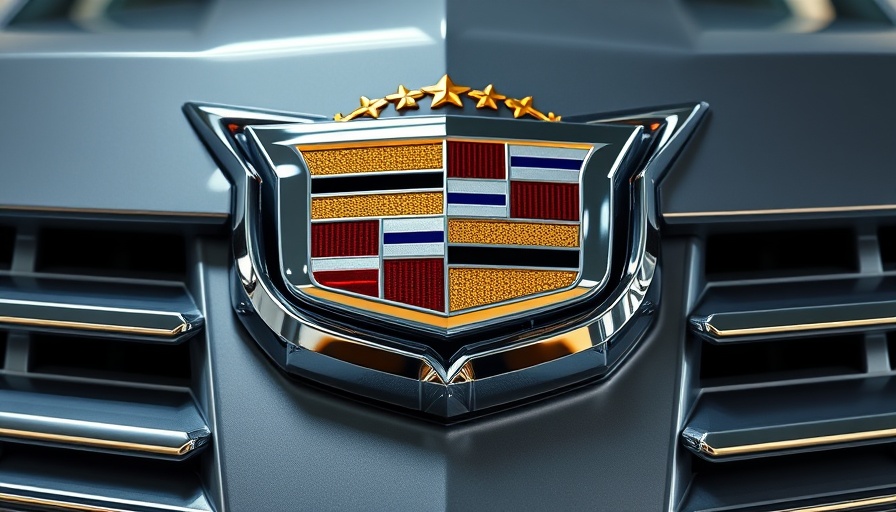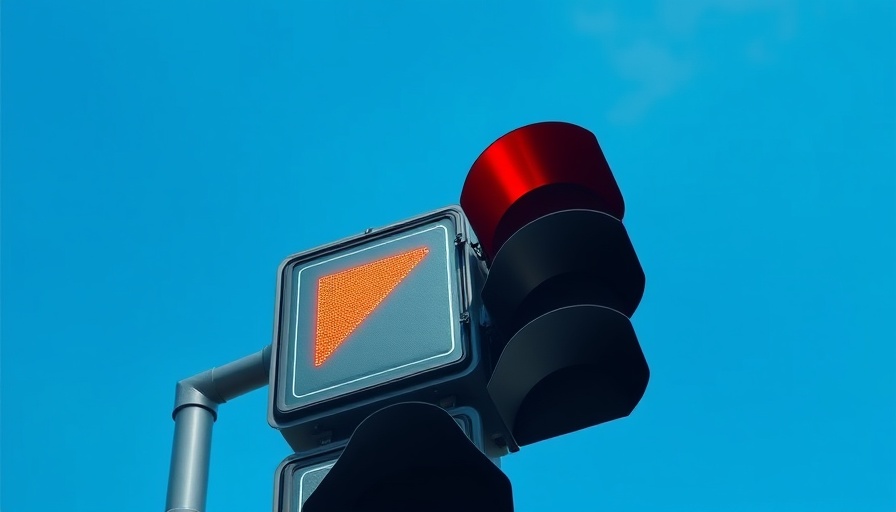
Why Did the Ducks Leave the Cadillac Logo?
Have you ever wondered what happened to the ducks in the Cadillac logo? It's not just a figment of imagination; this change is real and part of a long-standing tradition of rebranding in the automotive industry. Logos are not just simple decorations; they encapsulate a brand's essence and history. In this article, we’ll dive into the intriguing story behind the Cadillac logo’s transformation and understand why the iconic ducks were removed.
A Look Back: The Original Logo
Cadillac's emblem has undergone significant changes since its inception, almost 30 redesigns over the last century. The original logo, dating back to the early 1900s, was inspired by the coat of arms of Antoine de la Mothe Cadillac, the founder of Detroit. The design featured a crown, a trio of ducks—also known as merlettes—representing the Holy Trinity, horizontal stripes, and a laurel wreath.
This intricate logo not only told a story of history and prestige but also linked Cadillac closely to the identity of Detroit itself. Throughout the years, the logo evolved but retained the essential elements of the coat of arms, despite various redesigns aimed at modernizing Cadillac’s image.
When and Why Did the Ducks Disappear?
According to Holiday Cadillac, the turning point came in 1963 when the stylistic representation changed, leading to the removal of the ducks from the logo. In their place, black and gold stripes were introduced, creating a more streamlined and contemporary look. Although this change was quite significant, it didn't leave enthusiasts and consumers in total confusion, a fate some brands have faced with drastic rebranding efforts.
After the change, the logo continued to evolve, most notably in 1999 and 2014, as Cadillac aimed to modernize its aesthetic while allowing for just enough continuity for brand recognition. Despite these modifications, the core concept of a luxurious vehicle rooted in rich history has remained intact, making the Cadillac logo easily recognizable to car enthusiasts and the general public alike.
The Importance of Logos in Branding
Logos are a crucial part of any brand's identity; they convey a company’s message and can influence consumer perception and choice. The Cadillac logo, with its deep historical ties and continuous evolution, exemplifies how branding strategies can adapt and change while still holding onto a company’s heritage. In today’s fast-paced market, where trends change rapidly, a logo must evolve without losing the essence of what it represents, a challenge many companies face.
Current Trends in Automotive Branding
So, what does the removal of the ducks from Cadillac's logo tell us about current branding trends in the automotive industry? Consumers increasingly prefer logos that reflect minimalist and modern sensibilities, eschewing complexity for clarity. This follows a broader trend across various sectors, from tech to fashion, as brands aim to attract younger, more design-conscious consumers.
Brands like Tesla, for instance, have adopted a straightforward logo, mirroring the consumer's desire for simplicity. Cadillac's decision to remove the ducks illustrates not just a change in aesthetics but also a strategic move to appeal to a shifting market, positioning the brand in alignment with contemporary values.
Conclusion: The Cadillacs of Tomorrow
The evolution of the Cadillac logo without the ducks serves as a testament to the intertwining of history, branding, and consumer preferences. As we look toward the future, it's clear that brands must balance nostalgia with modern sensibilities. For classic car lovers, the journey of the Cadillac emblem is more than a story of branding; it reflects a narrative of resilience and adaptability that resonates with anyone invested in the stories behind what they drive.
As Cadillac continues to evolve, enthusiasts and consumers alike should pay attention. Understanding the nuances behind logo changes can grant insight into where a brand is headed and how it relates to you, whether you're looking for a new vehicle or simply appreciating the artistry of automotive design.
 Add Row
Add Row  Add
Add 




Write A Comment